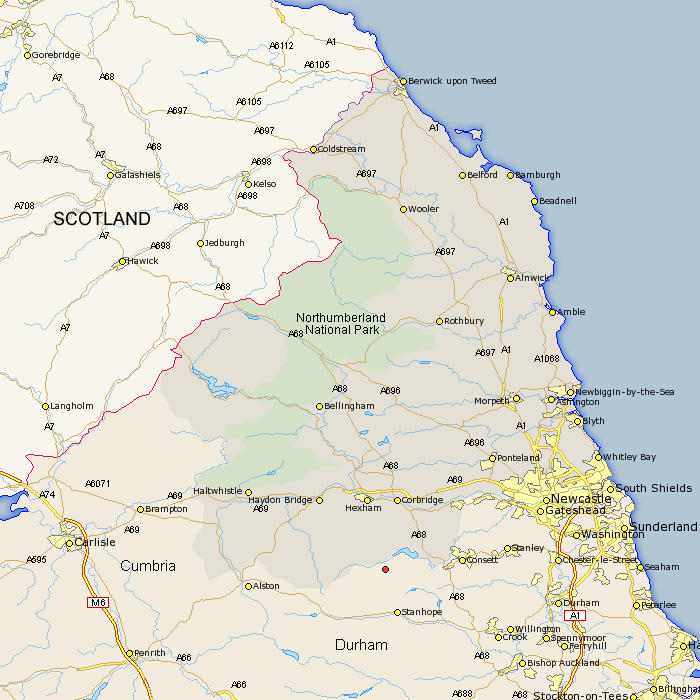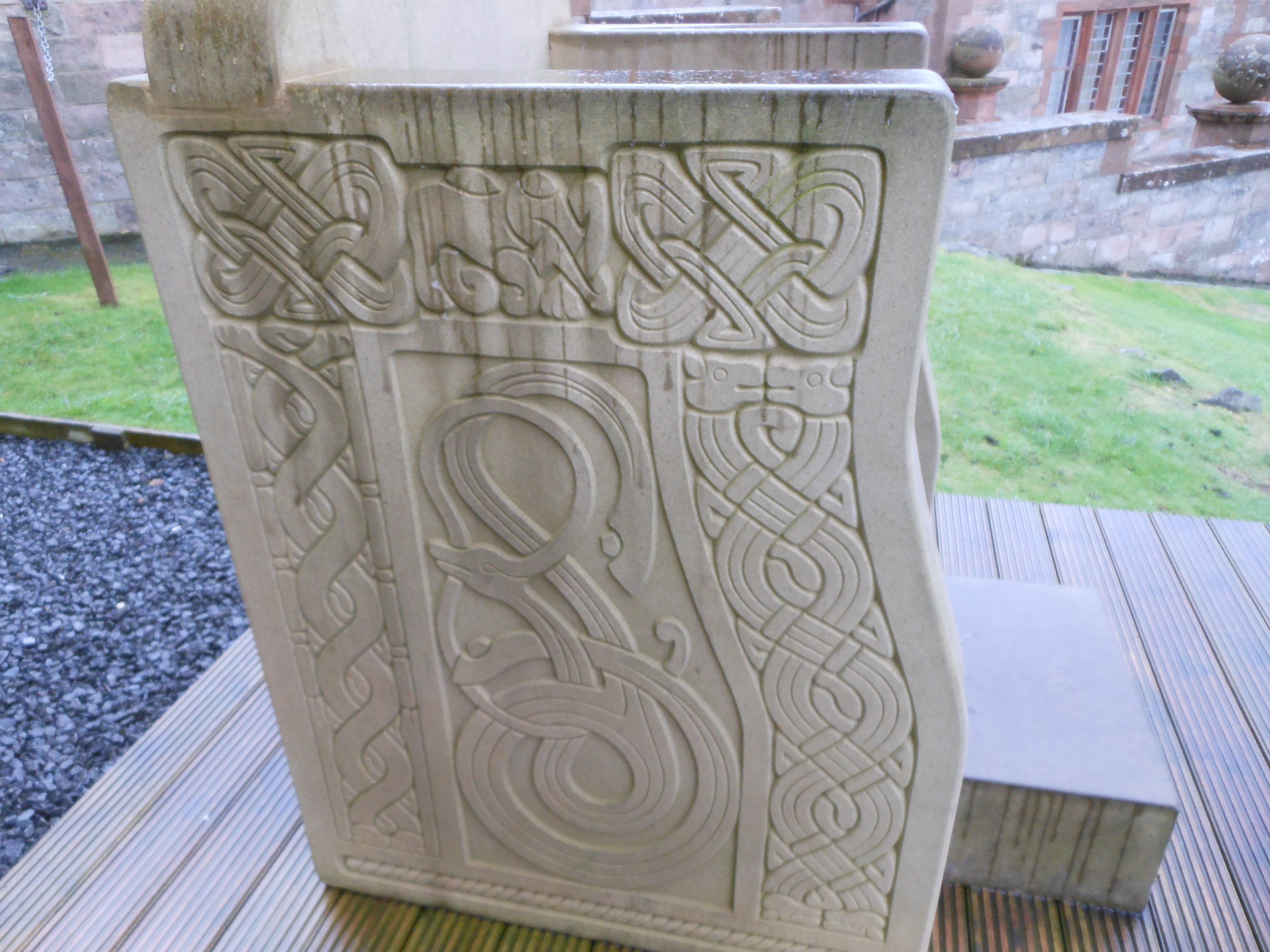
Newsletter
Yes! Send me my FREE short story collection and sign me up for those exclusive subscriber goodies!
We value your privacy, and will never spam you! View our privacy policy at lasmithwriter.com/privacy

Yes! Send me my FREE short story collection and sign me up for those exclusive subscriber goodies!
We value your privacy, and will never spam you! View our privacy policy at lasmithwriter.com/privacy
Last year on the blog I highlighted one of the major settings for my novel, that being Lindisfarne, and I thought it was time to give you a glimpse at another one.
Bamburgh (pronounced bam-brah, not bam-burg) is located on the north-east coast of Britain, about a half-hour drive south of Lindisfarne, and in fact you can see Holy Island from the upthrust rock formation which mirrors the one at Lindisfarne, and upon which Bamburgh Castle sits. In between Lindisfarne and Bamburgh there are some spectacular beaches and coastline!

Can you find Bamburgh there, on the upper right? That little axe-shaped island to the north is Lindisfarne.
Bamburgh was originally called Din Guardi, and was the seat of the British kings of Byrneich, from which the latter-day Bernicians drew their name. The invading Angles, led by Ida, conquered the kingdom in 547 AD. His grandson Æthelfrith renamed the fortress Bebbanburgh, after his wife Bebba, and eventually that name morphed into the present-day name of Bamburgh.
Bebbanburgh in the 7th century in some ways would have looked very different than it does now, and in others it is exactly the same. The landscape hasn’t changed, featuring the rocky dolerite outcropping which commands the magnificent view of the country all around it, the churning North Sea lapping at the sweeping beaches below the outcrop, the sandy dunes that line the beach. The major difference, of course, would be the castle. Present-day Bamburgh has a castle on top of the rocky promontory that is the major feature of the area. The core of this castle was built during Norman times and expanded throughout the following centuries to become the fortress you see today.

A good look at the rocky outcrop that Bamburgh sits upon. Photo by Glen Bowman, on WikiCommons

Some of that spectacular coastline and beach around Bamburgh. Photo on WikiCommons.
But in the 7th century the building on top of the outcrop would have been an Anglo-Saxon hall, the seat of the king. We can have a good idea of what that hall would have looked like, as it would have been the typical “mead hall” of Anglo-Saxon literature such as Beowulf.
These structures were long, narrow buildings built of wood, with thatched roofs (or wood), two doors (one on either end) and perhaps some shuttered windows. The interior would have been dark, and smoky, with the hearth fire in the middle and perhaps a couple smaller fires inside. There were no chimneys, the smoke would filter out through the thatching, cough cough! There might have been a raised platform at one end, where the king and his family and retainers would sit separately from the rest, which might also included the king’s throne. There also might have been a separate room in the hall used as the king’s residence. You note all the “mights” in my description – unfortunately since these halls were made of wood, not much archeological evidence survives to give historians really clear pictures of what they were like. But there are some hints in Beowulf and other places that give us a bit of an idea.
Bamburgh Castle today has a replica of an Anglo-Saxon stone chair, based on a 9th century carved stone fragment found on the grounds in the 19th century. This “chair” could be a throne, of a “gift-stool” where the king would sit to be presented with tribute, and it features the typical Anglo-Saxon design work of the times.

Bamburgh’s stone chair. Thanks to author Matthew Harffy, who graciously shared his pictures of his trip to Bamburgh with me, including this one!
Long benches lined the walls of the hall, where the king’s thegns and retainers would feast and drink, and even sleep at times! Ale would be plentiful, and the more high-class mead (honeyed wine). It was a gathering place for the king and his people where battles and strategy would be discussed, victories would be celebrated, and tribute would be both given to the king and shared by him.
There is some discussion in historical circles about the presence or absence of a town or village at Bamburgh during Anglo Saxon times. In my books I have placed a village there, at the foot of the outcrop, because Bede mentions the “town” being threatened by fire during an attack against it by Penda in 651 AD, saved by miraculous intervention by Aidan. So I feel justified in my imaginary village!
After the Viking invasions the Northumbrian kingdom was destroyed in 867 AD, but the Northumbrian kings still held this fortress as sub-rulers under them, until 993 AD, when the Vikings destroyed it, exactly 200 years after their first invasion at Lindisfarne.
All in all Bamburgh is a fascinating place, with a long and important history. I will definitely be visiting here the next time I go to Britain!
Feature photo by Michael Hanselmann, on WikiCommons